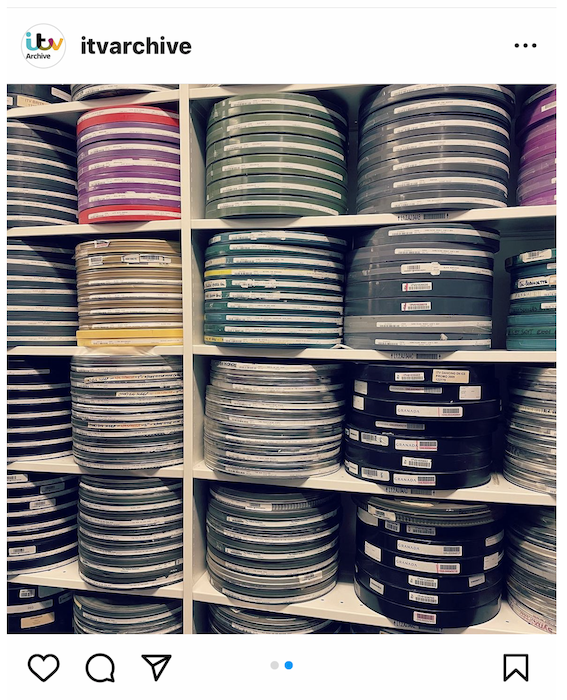Film Restoration – When is enough, really enough?
10 July 2020ITV’s film restoration techniques can return damaged, deteriorating film to its former glory. We can even digitally clean images. Your film will be restored with the utmost care, resulting in the crispest-possible image.
You’re convinced that your film is too fragile, too warped or too delicate to be restored. There are noticeable scratches and tears to the film, and it has long-since stopped playing. Is it time to resign your old film to the recycling bin?
There could be life left in it yet. ITV’s film restoration techniques can return damaged, deteriorating film to its former glory. We can even digitally clean images. Your film will be restored with the utmost care, resulting in the crispest-possible image. The results can be really impressive.
Is there a point, though, when enough is enough? How do you ensure image quality without losing authenticity?
We think that restoration should be taken as far as when the film was originally made, so that it retains its historical authenticity, whilst removing any defects that would otherwise affect the quality of the content.
A notable example of this involved ITV’s restoration of Captain Scarlet, the classic 1960s British science-fiction series.
We were tasked with restoring the content, whilst staying true to the original production values of the programme.
Captain Scarlet has a loyal following of dedicated fans, and authenticity was key to the restoration. We had to ensure, for example, that the puppet strings were clearly visible – a real fan-favourite – despite our restoration software initially identifying them as potential scratches to the film.
The programme can now be enjoyed by today’s audiences, whilst retaining its original, 1960s charm – respecting Captain Scarlet’s history, whilst looking after its legacy.




